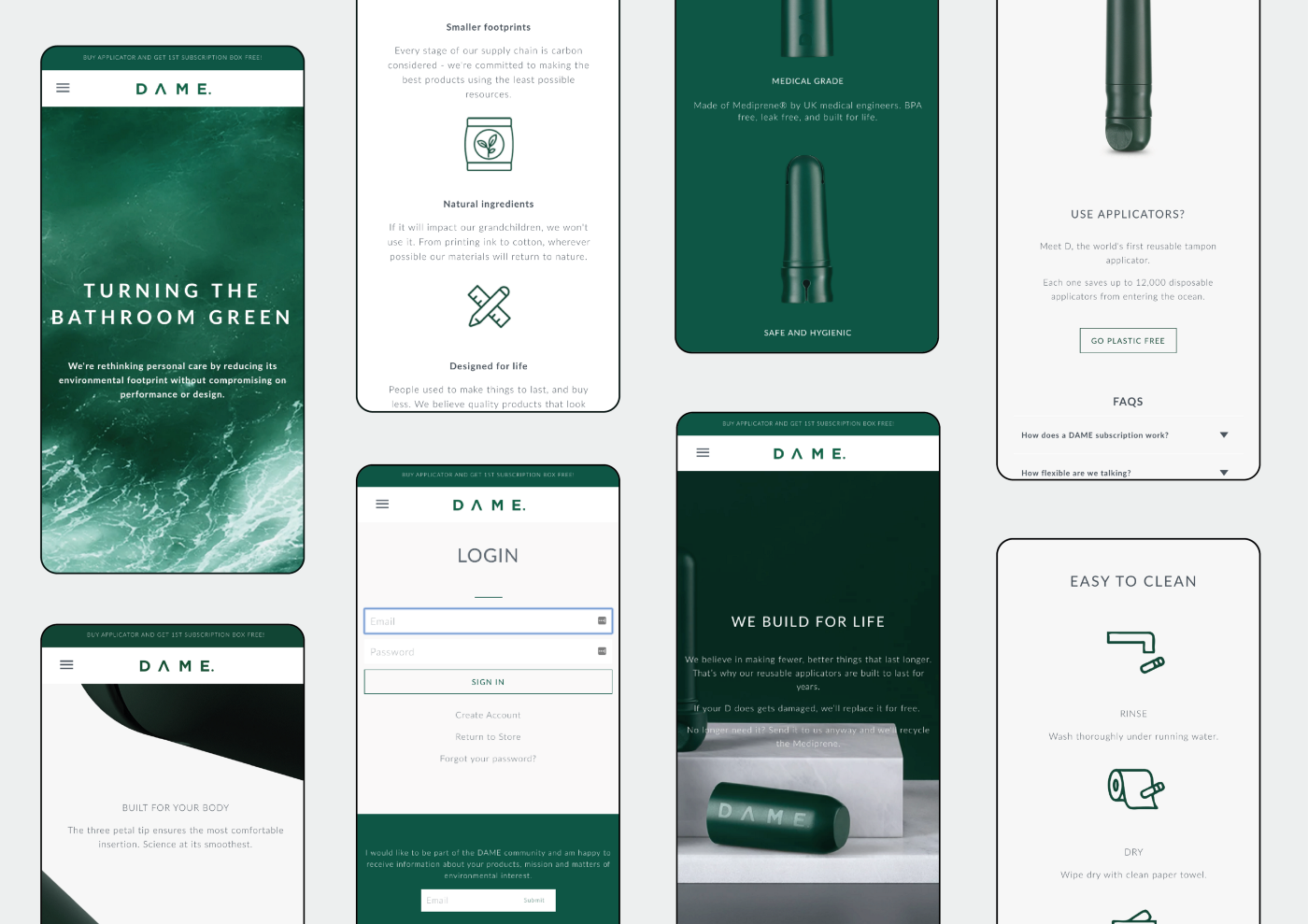
5 things to consider when building a member portal
by Nadia Lupton

Kick off, briefing, discovery… whatever you like to label it, the initial deep dive into a project’s context and the problem it’s trying to solve is undoubtedly the most important. So why is it often the hardest to validate putting money towards?
Well the outputs aren’t always as tangible as later down the line. A cost for a page mock-up, animation storyboard or infographic design for example is naturally easier to see, compare and show. But paying for time, especially when you already have a brief, how can that be sold back in to the rest of your team?
We recently wrote about 4 good reasons to have a discovery workshop, but here are some ‘cold hard outputs’ that you should expect before entering a discovery phase for a website project of your own:
If you’re updating an existing site rather than starting from scratch, there’s a wealth of useful nuggets you can use to inform your new design and build. Using Google Analytics and plugin software can show what your current visitors are doing on your site, which parts are performing best (and worst) and compare it to the job you want your new site to do.
A hands-on workshop part of the discovery phase will uncover you and your team’s subconscious likes and dislikes of existing sites; be it in terms of structure, use of content or simply a particular colour scheme. Sketching is then a fast and effective tool for seeing where everyone’s heads are at for what should feature and where.
Sketches from your workshop combined with your design team’s exploration will create an agreed site map for you. This gives a basic user flow through your site and helps you understand and agree how pages will all link.
Lastly wireframes are a crucial aspect of your website project that should be agreed before any creative application is made. In simple terms, they’re the boxes and holding spaces for your site layout that help decide the hierarchy of your information and content types, regardless of having any of your assets and copy ready yet. A rough if not complete version of these should always be discussed at discovery phase in order to be able to accurately cost and time your project to completion.